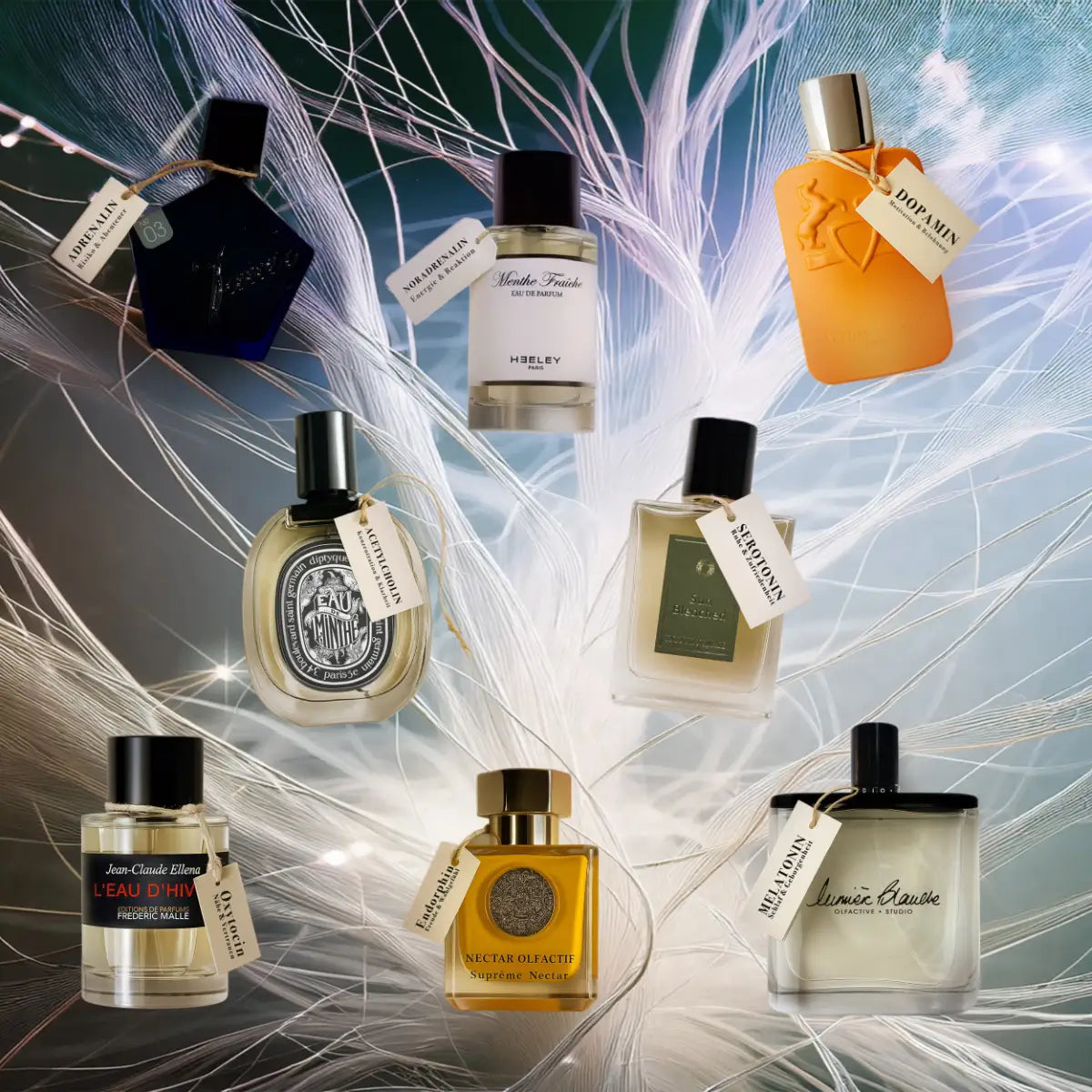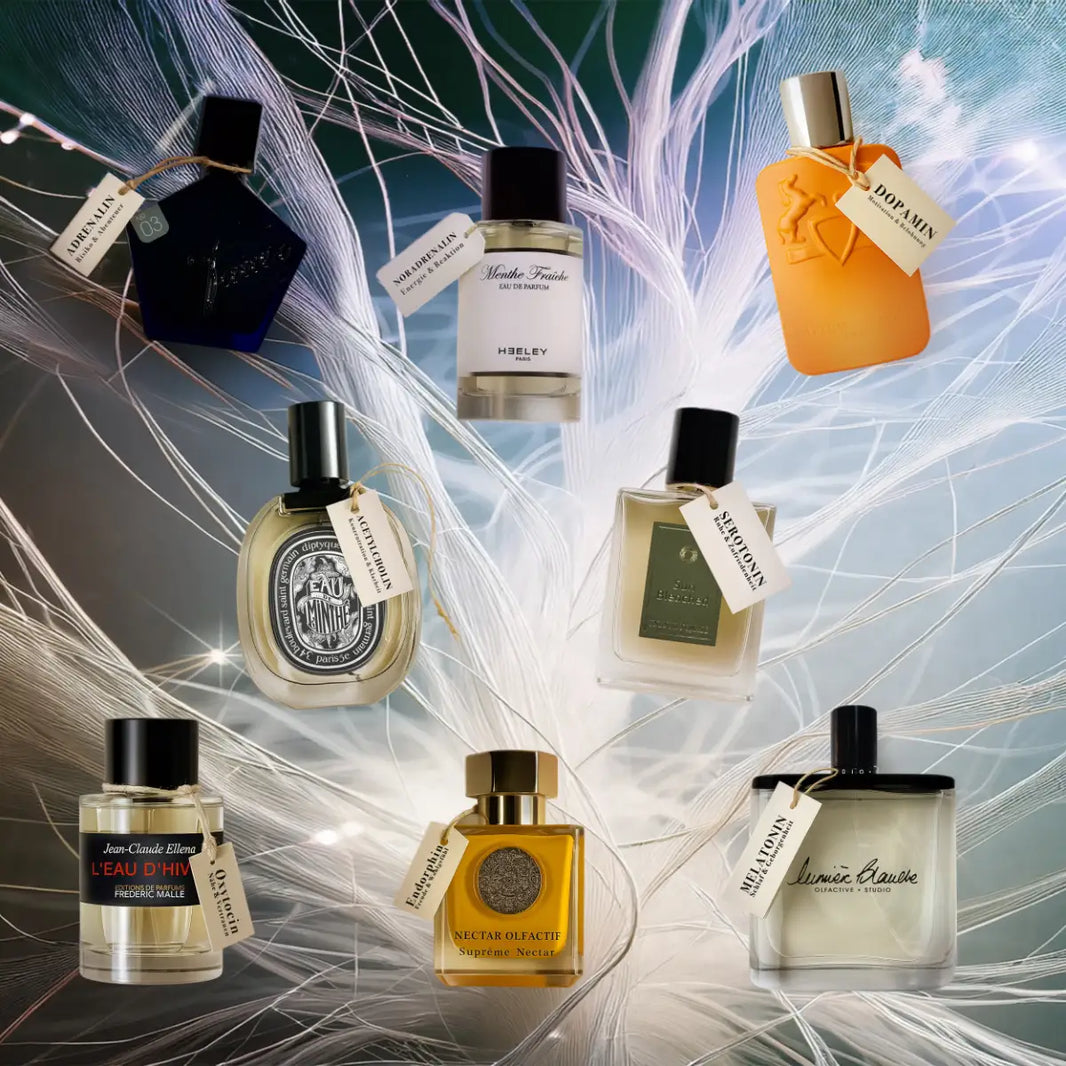It's been raining and storming here from morning to night for days – and according to the weather forecast, there's little sign of improvement. The mental state: daylight is at a minimum, latent headaches due to a lack of ozone, and even the cats refuse to set foot outside. And it's not even November yet – the month that, along with February, reliably makes it onto my personal list of least favorite months. Every year, it reminds me that summer here in the north may not have been as bad as I always think. In other words, everything was significantly better than what is coming now. Since the switch to winter time, every day feels like it's an hour shorter – or rather, an hour grayer. The famous Christmas romance is a long way off, and the mountains of gingerbread in the supermarkets seem out of place. I would love to just hibernate like our hedgehog in the garden. Of course, I know that's not an option. But what can you do when your body, mind, and calendar are sending you a clear message: Please, give me coziness, warmth, and dopamine—right now!
This is where the idea of moodscaping comes in. If you're thinking of a mixture of landscaping and mood design, you're not far off the mark. Moodscaping is actually derived from the English word “landscaping” – i.e., the design of a landscape. However, moodscaping does not involve arranging a garden with paths, flower beds, and water features, but rather shaping our mood through scents, light, sound, or other sensory stimuli. It is a kind of mental gardening – instead of soil and plants, it uses molecules, chords, and emotions. While the closely related concept of scentscaping involves designing spaces – hotel lobbies, boutiques, or living rooms – moodscaping takes this idea indoors. It's no longer just about how a room smells, but how we want to feel in it. Fragrance thus becomes emotional architecture, as we use it to deliberately create a mental setting. The idea behind it is as seductive as it is modern: if our environment, our diet, and even our sleep can be optimized, why not our emotional state as well? A perfume thus becomes an invisible interface between the psyche and everyday life and a tool for self-regulation. We curate our feelings—focus, calm, security, drive—and use scents as tools to shape our state of mind. Elegant, invisible, sensual, and socially acceptable at the same time. Sounds tempting, doesn't it?
There is good scientific evidence that perfumes can actually affect our mood. Smells dock directly in the limbic system—where emotions, memories, and physical reactions are connected. A certain fragrance accord thus influences heart rate, concentration, or state of relaxation. In short, smell acts before we think – and sometimes even when thinking is hardly possible. Many people with dementia or in a persistent vegetative state react to scents such as coffee, because it used to be brewed every morning, the perfume of a familiar person, the smell of rain or fresh laundry. When language, orientation, and memory have long since faded, scent remains a silent anchor and a last direct link to the world. Neurologists explain this by saying that the sense of smell is most closely connected to the limbic system. Smell thus bypasses conscious processing in the brain, reaches the emotional memory directly, and can thus elicit reactions that are beyond rational access. For example, a sparkle in the eyes, a quiet smile, a change in breathing rhythm. Studies show that smells often have a stronger and more immediate effect on memories than music—even though the latter is generally considered the most emotional stimulus. Scent has a more direct, raw, less filtered effect. It doesn't draw us into nostalgia, it catapults us into it, and in doing so, it is more finely dosed than any medication and more subtle than any meditation app.
We live in a time when self-regulation has become a new life skill. Between burnout, sensory overload, and pressure to perform, we are expected to function—but please, with awareness. We track our sleep, count our steps, and measure our mindfulness in minutes. Moodscaping fits seamlessly into this pattern—as an elegant, invisible form of self-optimization. However, while scent is becoming a tool for inner balance, what used to be spontaneous is unfortunately also increasingly being manipulated. Instead of simply experiencing moods, we actively shape them—focus today, serenity tomorrow, optimism the day after tomorrow. We operate our emotional life like emotional software. And in doing so, we often resort to “mood boosters” in the form of tablets, microdoses, or capsules. In comparison, fragrances are not only the most charming and side-effect-free option, but also the most playful, because they combine pleasure with usefulness.
When we talk about moodscaping, there is one term we cannot ignore: neurotransmitters – those tiny chemical messengers in the brain that control our mood, motivation, and perception. Dopamine rewards, serotonin calms, noradrenaline activates, GABA relaxes, acetylcholine focuses – our everyday emotional life is basically a finely orchestrated interplay of these molecules. The exciting thing is that we can stimulate these processes naturally. A tangy citrus accord, for example, stimulates the release of dopamine, lavender reduces the activity of the stress hormone cortisol, while vetiver or sandalwood has a calming effect via GABA receptors. This makes perfume a subtle means of communication between the nose and the nervous system and a form of wellness 2.0: scientifically plausible, aesthetically packaged, suitable for everyday use, and – as long as you don't drink it – harmless to your health. And it's fun, too.




